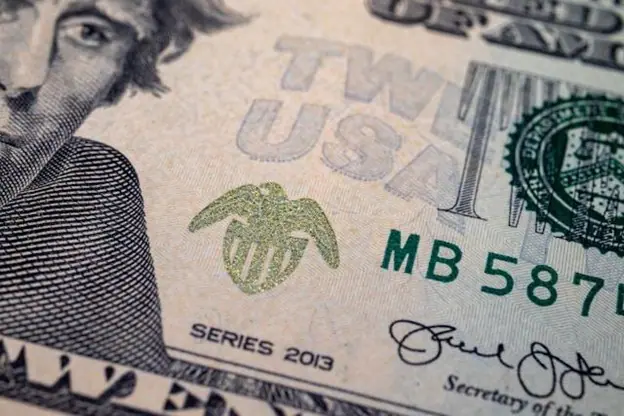If you’re looking for low-risk, dependable returns in a world of market chaos, U.S. Treasury bonds might be your portfolio’s new best friend.
But before you go in, this is what these government-backed investments are all about, in everyday language, and whether they actually deserve a spot in your strategy.
Think of Treasury bonds (or T-bonds) as IOUs from Uncle Sam. When you buy one, you’re loaning money to the U.S. government. In return, they pay you interest (every six months) and give you back your full investment when the bond “matures”, usually in 20 to 30 years.
The best part? Treasury bonds are backed by the full faith and credit of the U.S. government. In other words, they’re one of the safest places to park your money.
Here’s the deal: When interest rates rise, bond prices fall. This is called interest rate risk, and it matters most if you plan to sell your bond before it matures.
For example, let’s say you buy a 10-year Treasury note at a 3% rate. A year later, new notes are paying 4%. Suddenly, your 3% bond isn’t so attractive, so you’d have to sell it for less to get any buyers interested.
This means that if you plan to hold until maturity, you’re safe. But if you might sell early, rising rates can eat into your returns.
Not all Treasuries are the same. Here’s a breakdown of the main types:
Treasury bonds
These are long-term investments that pay interest every six months for 20 or 30 years. They are best for patient investors who want reliable income and can wait until maturity.
Treasury notes (T-notes)
With terms between 2 and 10 years, T-notes offer a solid balance between risk and return. The 10-year note is especially important because it helps set rates for things like mortgages.
Treasury bills (T-bills)
T-bills don’t pay interest directly; you buy them at a discount and get the full value when they mature (in under a year). Great for short-term savers looking for low-risk parking spots for their cash.
Savings bonds (Series EE and I)
Series EE bonds double in value after 20 years, while Series I bonds adjust for inflation. They’re perfect for conservative or first-time investors saving for the long haul.
If you want to buy treasury bonds, you’ve got two options:
Go through TreasuryDirect.gov. This means buying directly from the U.S. government in increments as low as $100.
Or you can use online brokers, like Fidelity, Charles Schwab, etc. (Note: some may require a $1,000 minimum).
Here’s a quick tip: If you want to avoid paying taxes on the interest, hold Treasuries in a retirement account like a traditional IRA.
If you’re chasing big returns, Treasury bonds probably won’t thrill you. But if you’re after stability, steady income, and peace of mind, they deserve a serious look, especially during uncertain economic times.
They won’t make you rich overnight, but they’ll help you sleep better at night knowing your money is safe and earning a reliable return.



